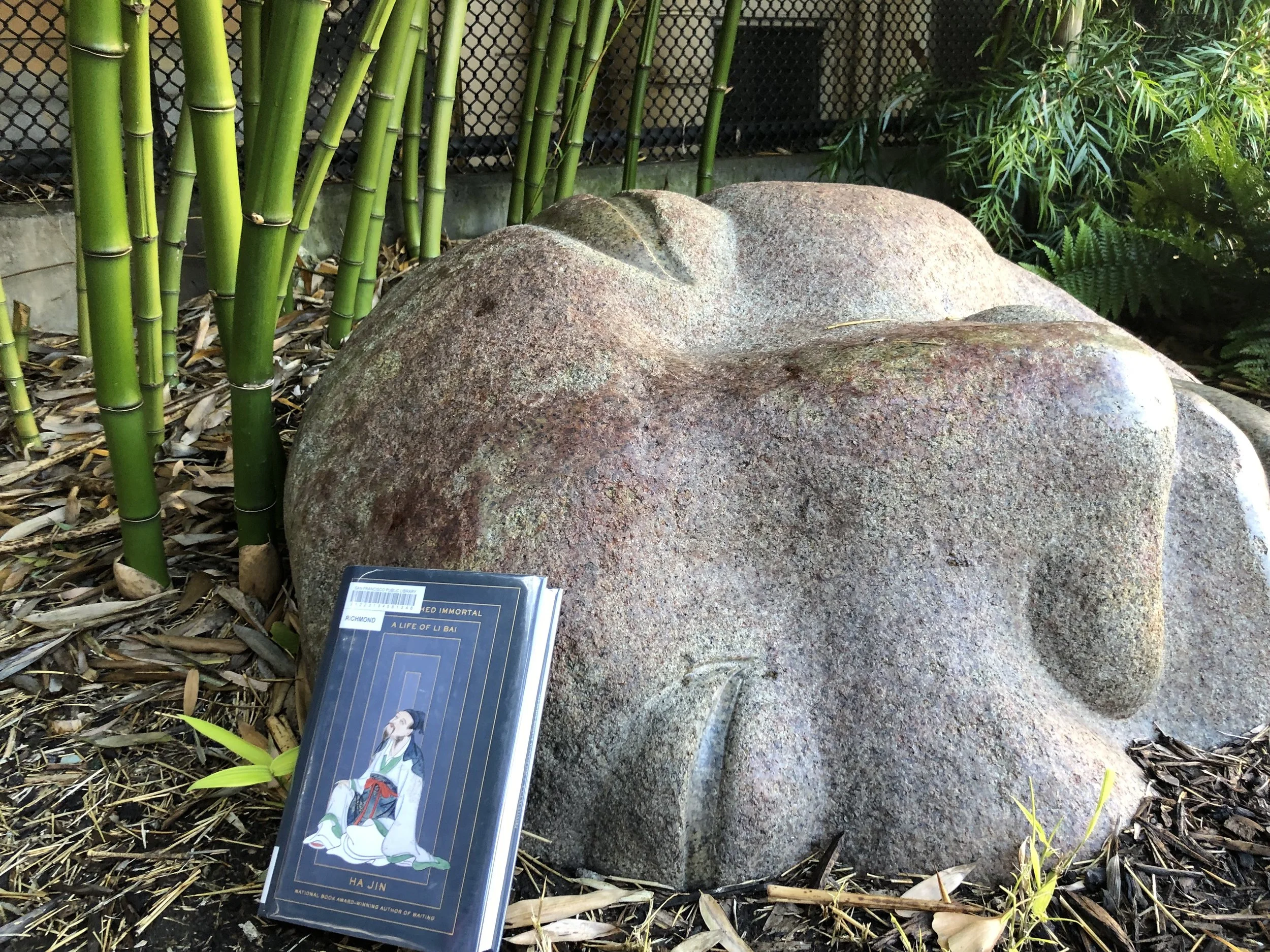When the people who make the rules (of society, as in sport, the rules are built through arbitrage of vested parties) can lacquer and gild them in such a way to favor themselves, everyone must deal with the idiosyncrasies that arise. Society generates all the froth that washes over the people not upon the beach. Kids will hurt strangers to seek cohesion from gang initiation rituals. Middle-aged office workers are impelled to risk toddlers to make their 9:30am meeting. Individual actors take the blame or the credit for their individual actions, but those actions are chosen in response to social forces large and uncontrolled. How useful is it to be able to hit a small ball with a thin bat, if that’s not part of the game?
A book like Beyond emphasizes how a system abstracted down to components (sport) contrasts with a system predicated by its exclusions (society). It unobscures the arbitrary inherent in who thrives and who flounders.
Read More












